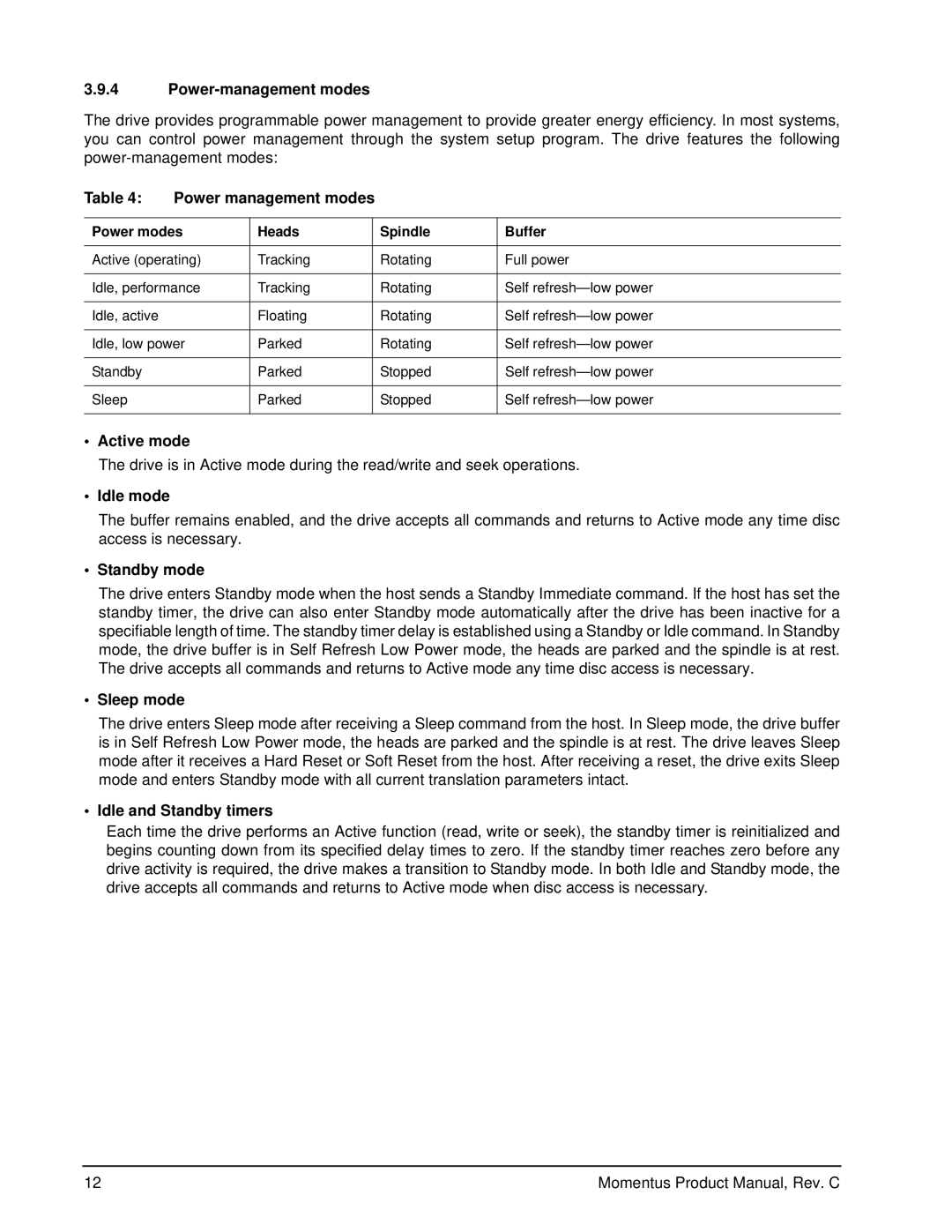ST9500428AS, ST9640422AS, ST9750423ASG, ST9750420AS, ST9750420ASG specifications
The Seagate ST9750422AS, ST9750423AS, ST9500423ASG, ST9640423ASG, and ST9500423AS are part of Seagate's popular lineup of SATA hard drives designed for consumer and enterprise applications. These drives are recognized for their reliability, performance, and advanced technologies, making them suitable for a variety of storage needs.The ST9750422AS and ST9750423AS models are 7200 RPM drives with a storage capacity of 750 GB, while the ST9500423ASG and ST9640423ASG offer different capacities and characteristics tailored for specific uses. The ST9500423ASG typically features a 500 GB capacity, while the ST9640423ASG is often found with 640 GB of storage space. These drives support the Serial ATA interface, ensuring high-speed data transfer rates and compatibility with a broad range of host systems.
All drives in this series feature a robust 32 MB cache that enhances performance by allowing faster access to frequently used data. This cache is critical, especially for read/write operations that require rapid data retrieval, making these models well-suited for tasks ranging from simple home computing to more intensive applications such as gaming and multimedia editing.
The ST9750422AS and ST9750423AS models are built with technologies such as Advanced Format, which improves storage capacity and enhances error correction. Additionally, these drives employ Seagate's PowerBalance and PowerFin technologies, enabling efficient power management without compromising performance.
Reliability is a core characteristic of the Seagate ST9XXX series, featuring a mean time between failures (MTBF) of over a million hours, which translates to increased system uptime and reduced potential for data loss. The drives also include features such as Native Command Queuing (NCQ), which optimizes the processing of multiple read/write commands, further boosting performance during heavy workloads.
In conclusion, the Seagate ST9750422AS, ST9750423AS, ST9500423ASG, ST9640423ASG, and ST9500423AS hard drives represent a blend of speed, reliability, and advanced technology, making them an excellent choice for users looking for dependable storage solutions. Whether for a home PC or an enterprise server, these drives continue to deliver outstanding performance and value in a competitive market.
